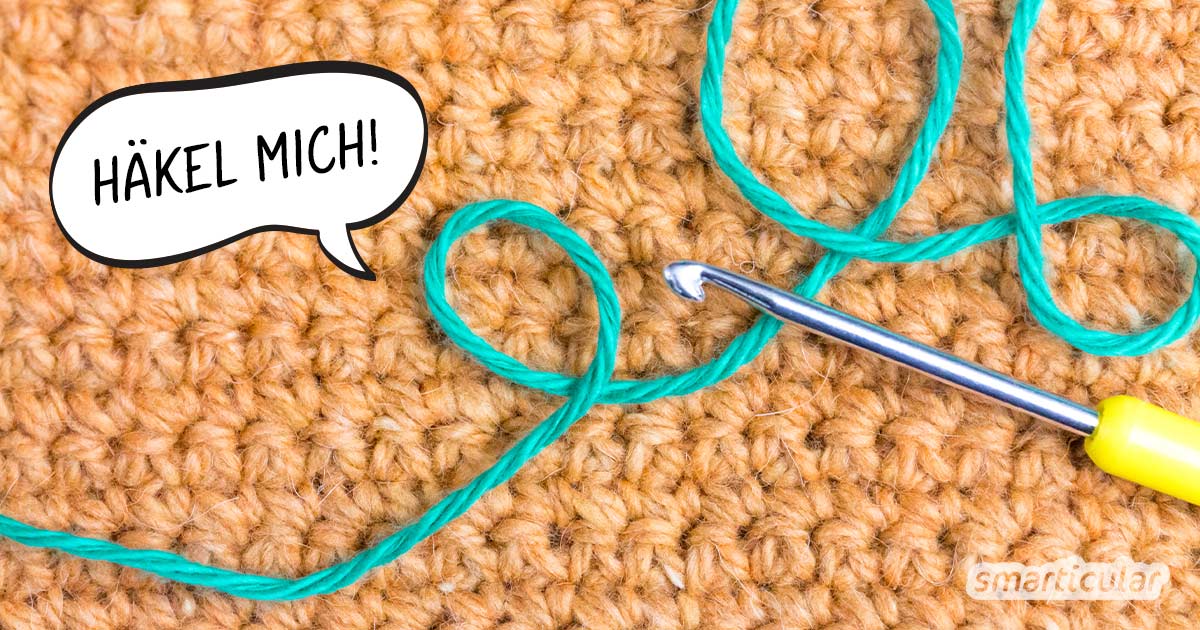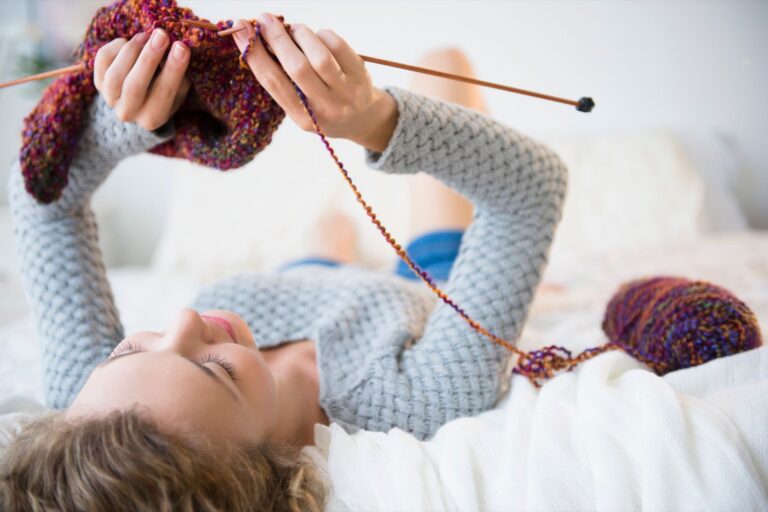Grundlagen des Häkelns
Want to learn to crochet but don’t know where to start? Don’t worry, we’ve rounded up the basics of crocheting for you right here. In this article you will learn how to get started, what materials you will need and which basic stitches you should master. With this information you are well equipped to start your crochet journey and create beautiful handmade creations. So grab your crochet hook and let’s get started!
Crochet Basics
Welcome to our article on crochet basics! In this article we will look at the different materials, tools and techniques of crocheting. We will also take a closer look at the basic stitches, abbreviations, the stitch test, the technique of the magic ring, reading and understanding the crochet chart, the use of crochet instructions as well as tips and tricks about crocheting.
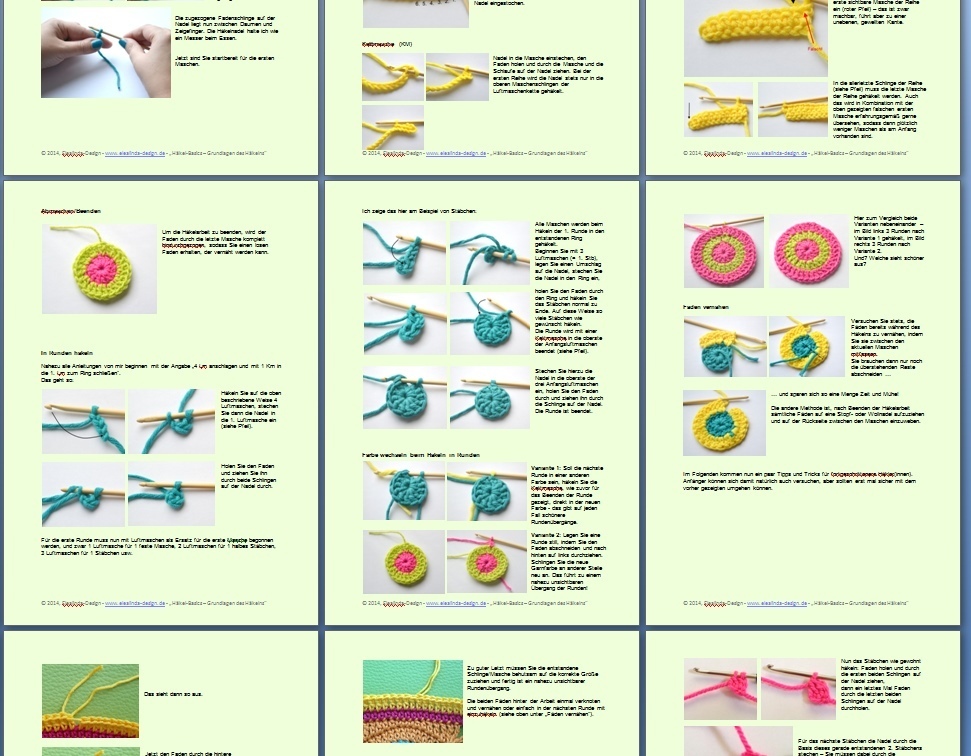
This image is property of www.elealinda-design.de.
materials and tools
Before we get started with crocheting, it is important to have the right materials and tools ready. This includes crochet hooks of different sizes and materials, depending on what wool or yarn we want to use. There are also special tools like stitch markers, scissors, and needles that can help with crocheting. The choice of materials and tools also depends on the crochet technique we want to use.
The different crocheting techniques
Crochet offers us a variety of techniques to choose from. The classic crochet technique is the best known and most used. But there is also the tunic crochet technique, in which we work with a large crochet hook and a long thread. The filet crochet technique allows us to create patterns using single crochet and chain stitches. The broomstick crochet technique uses a large hook and special stick to create different patterns.
The basic stitches
The basic stitches are the building blocks of any crocheted project. Basic stitches include the chain stitch, single crochet, half double crochet, double crochet, double treble and triple crochet. Each of these stitches has its own use and is used to create different textures and patterns.
The shortcuts in crochet
As in many needlework instructions, abbreviations are used in crochet to describe the different stitches and techniques. It is important to know the most common abbreviations and to use them correctly. A list of the most common abbreviations will help us better understand and implement instructions.
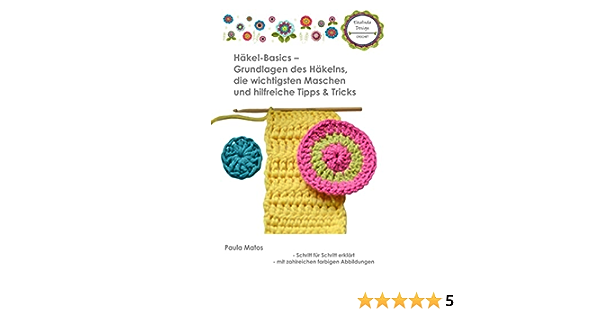
This image is property of Amazon.com.
The stitch test
Gauge is an important step in crocheting to ensure we get the right stitch count and size. A stitch sample gives us information about how much wool and what needle size we need to use to achieve the desired end result. It is important to crochet the gauge before any major project to avoid unexpected results.
The technique of the thread ring
The thread ring, also known as the magic ring or magic loop, is a technique that allows us to start in the middle of a project without creating a hole. The magic ring is especially useful when we want to crochet amigurumis or other small round projects. It may take some practice to crochet the magic ring, but it is a technique that allows us to create beautiful and even circles.
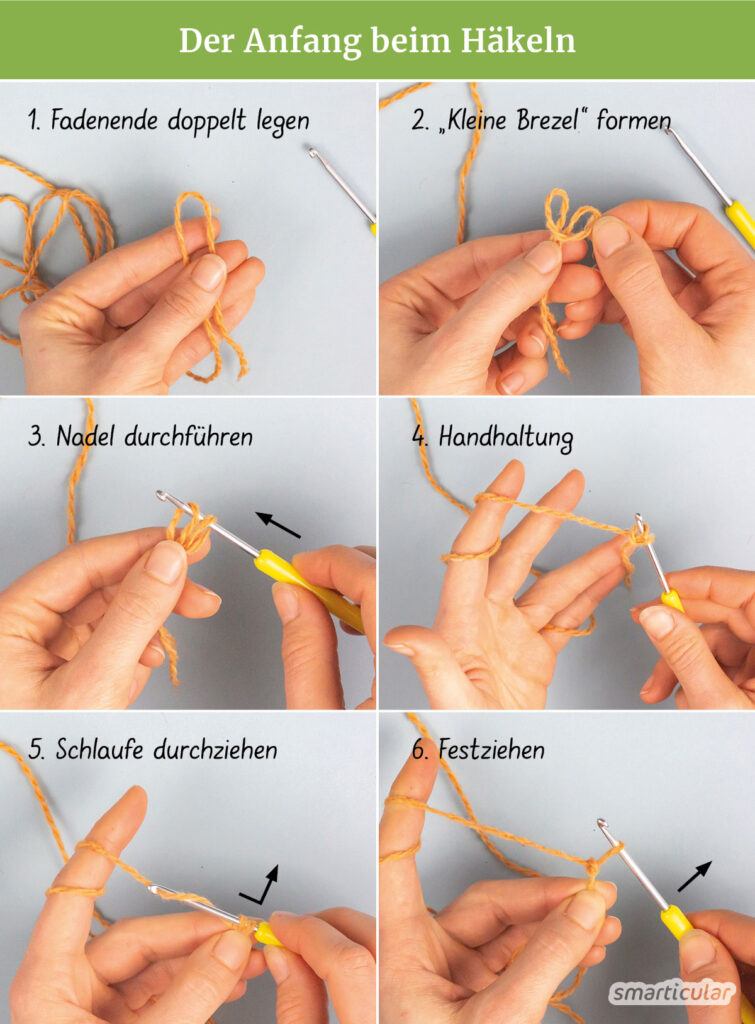
This image is property of www.smarticular.net.
Read and understand the crochet chart
Die Häkelschrift ist eine visuelle Darstellung von Häkelanleitungen. Anstatt lange Texte zu lesen, können wir anhand von Symbolen und Zeichen sehen, welche Maschen wir häkeln müssen. Es ist wichtig, die Symbole und Hinweise in der Häkelschrift zu verstehen und zu interpretieren. Eine gründliche Kenntnis der Häkelschrift ermöglicht es uns, eine größere Auswahl an Anleitungen zu verwenden und komplexere Muster umzusetzen.
Häkelanleitungen nutzen
Häkelanleitungen sind eine großartige Ressource für jedes Häkelprojekt. Sie geben uns eine Schritt-für-Schritt-Anleitung, um ein bestimmtes Produkt oder Muster zu erstellen. Es gibt viele verschiedene Arten von Häkelanleitungen, sowohl für Anfänger als auch für fortgeschrittene Häklerinnen und Häkler. Es ist wichtig, die richtige Anleitung für unser Niveau und unsere Fähigkeiten auszuwählen und sorgfältig zu lesen und zu verstehen.
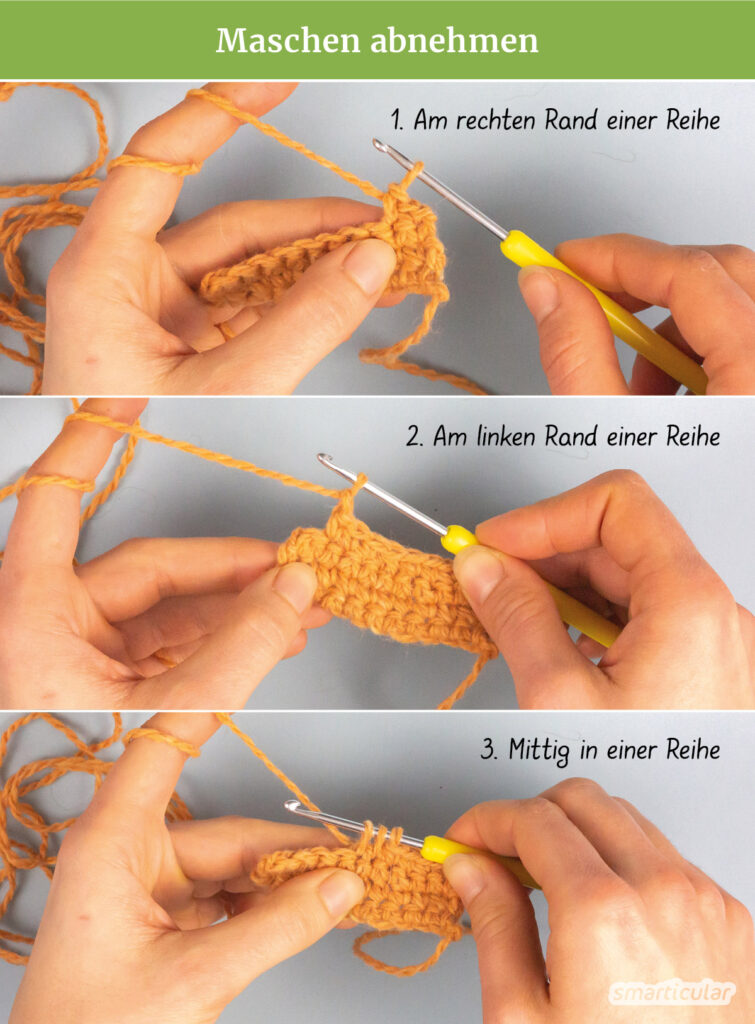
This image is property of www.smarticular.net.
Die Wahl der Wolle
Die Wahl der Wolle ist entscheidend für jedes Häkelprojekt. Je nachdem, ob wir ein dünnes oder dickes Garn verwenden, werden unsere gehäkelten Stücke unterschiedliche Größen und Texturen haben. Es ist wichtig, die Eigenschaften verschiedener Wollarten zu kennen, wie z.B. Wolle, Baumwolle oder Acryl, um die beste Wahl für unser Projekt zu treffen. Die Wahl der Wolle beeinflusst auch die Nadelstärke, die wir verwenden sollten.
Tipps und Tricks beim Häkeln
Abschließend möchten wir Ihnen noch einige nützliche Tipps und Tricks zum Häkeln mitgeben. Die richtige Haltung beim Häkeln ist wichtig, um Überlastung und Unannehmlichkeiten zu vermeiden. Der Fadenwechsel kann eine Herausforderung sein, aber mit einigen Tipps und Übung wird es leichter. Wir werden auch darauf eingehen, wie man Fehler erkennen und korrigieren kann, sowie auf die spannende Möglichkeit, verschiedene Farben zu kombinieren und einzigartige Muster zu erstellen.
Mit diesen Grundlagen des Häkelns sind Sie bestens gerüstet, um in die Welt des Häkelns einzutauchen und Ihrer Kreativität freien Lauf zu lassen. Egal, ob Sie Anfänger sind oder schon Erfahrung im Häkeln haben, die verschiedenen Techniken, Materialien und Werkzeuge werden Ihnen helfen, wunderschöne handgemachte Stücke zu kreieren. Viel Spaß beim Häkeln!
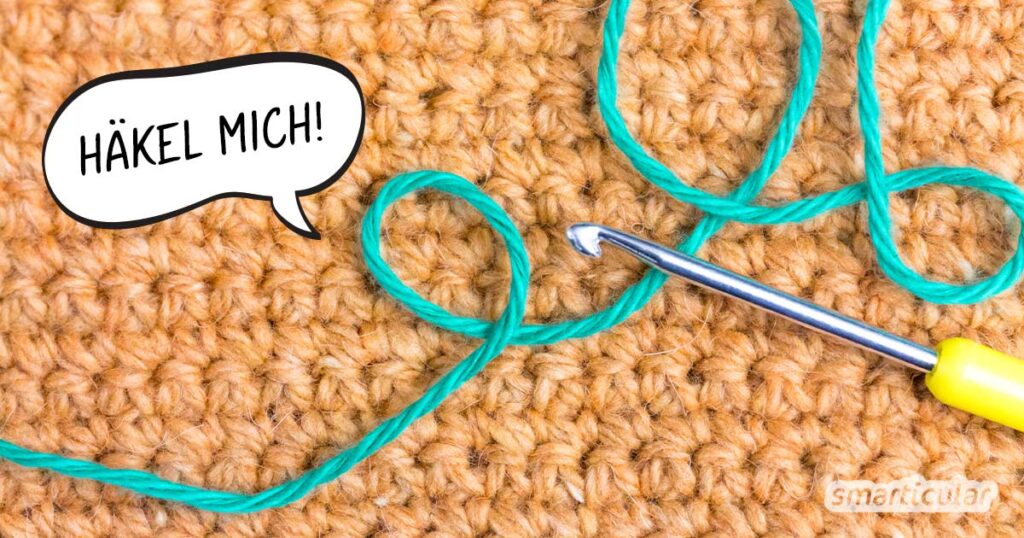
This image is property of www.smarticular.net.
